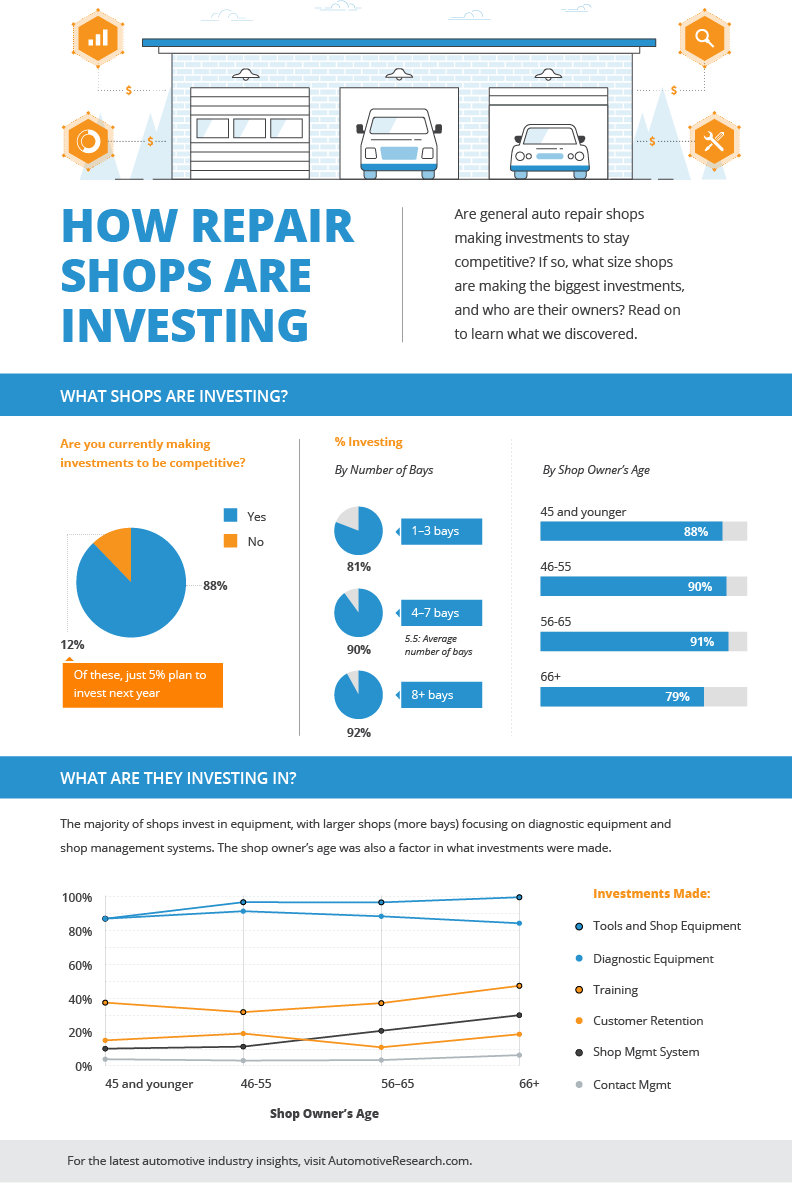Decoding Your Automobile'S Caution Indicators: What They Genuinely Symbolize
Decoding Your Automobile'S Caution Indicators: What They Genuinely Symbolize
Blog Article
Article Produced By-Lauritsen Corbett
When you lag the wheel, those glowing caution lights on your dashboard can be a bit bewildering. Do you recognize what they're attempting to tell you regarding your automobile's health and wellness? Understanding the value of these lights is essential for your safety and security and the durability of your lorry. So, the next time one of those lights appears, would not you want to decode its message properly and take the required steps to address it?
Common Caution Lights and Interpretations
Determine usual caution lights in your vehicle and comprehend their meanings to guarantee secure driving.
The most typical caution lights consist of the check engine light, which indicates concerns with the engine or exhausts system. If this light comes on, it's important to have your vehicle examined without delay.
The oil stress advising light shows low oil pressure, needing prompt attention to avoid engine damages.
A blinking battery light might recommend a damaged billing system, possibly leaving you stranded otherwise attended to.
The tire pressure tracking system (TPMS) light alerts you to reduced tire stress, impacting automobile security and gas performance. Disregarding this could lead to harmful driving conditions.
The abdominal muscle light shows a trouble with the anti-lock braking system, compromising your capability to quit swiftly in emergencies.
Finally, you can try this out warning light warns of engine getting too hot, which can lead to serious damage otherwise solved promptly.
Recognizing these common warning lights will certainly assist you attend to issues without delay and keep safe driving problems.
Significance of Prompt Focus
Understanding the usual caution lights in your auto is just the first step; the significance of without delay attending to these cautions can not be highlighted enough to guarantee your safety and security on the road.
When a caution light illuminates on your control panel, it's your auto's means of communicating a possible concern that needs interest. Neglecting these warnings can result in more severe problems later on, compromising your safety and security and possibly costing you a lot more out of commission.
Trigger attention to warning lights can protect against malfunctions and mishaps. For https://airliftperformancekits83727.worldblogged.com/37142720/trip-right-into-the-world-of-professional-auto-outlining-with-special-understandings-from-an-expert , a blinking check engine light could indicate a misfire that, if left ignored, might trigger damage to the catalytic converter. Addressing this promptly can conserve you from an expensive fixing.
Likewise, a brake system warning light could signify low brake liquid or used brake pads, critical components for your safety and security when driving.
DIY Troubleshooting Tips
If you notice a warning light on your control panel, there are a few do it yourself repairing tips you can attempt prior to seeking specialist aid.
The very first step is to consult your vehicle's handbook to understand what the details caution light suggests. Often the problem can be as easy as a loose gas cap triggering the check engine light. Tightening the gas cap may fix the trouble.
https://jarednicwr.thelateblog.com/31743325/the-development-of-automobile-explaining-substantial-patterns-and-technologies-to-keep-an-eye-on is a reduced battery, which can cause various alerting lights. Checking the battery links for rust and ensuring they're safe and secure may deal with the issue.
If a warning light continues, you can attempt resetting it by detaching the cars and truck's battery for a few mins and then reconnecting it. Furthermore, checking car detialing , such as oil, coolant, and brake liquid, can assist troubleshoot cautioning lights associated with these systems.
Verdict
Finally, understanding your car's warning lights is crucial for maintaining your car running efficiently and safely. By without delay addressing these informs and knowing what they suggest, you can stay clear of pricey repair services and possible breakdowns.
Remember to consult your vehicle's manual for particular details on each cautioning light and act as necessary to make sure a trouble-free driving experience.
Stay educated, stay risk-free when driving!
